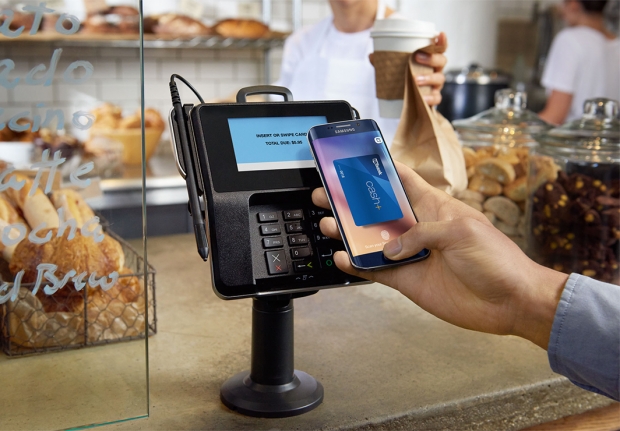We say “home turf” in fact Apple’s eBanking service has not taken off as well as Jobs’ Mob hoped. Thanks mostly to the fact that shops thought they could do a better and cheaper job of running it themselves, the banks were not that keen on paying Jobs for the service, and the hardware was not that hot.
Samsung has a different business model from Jobs’ Mob. Instead of trying screw cash from the banks, like Apple has done, Samsung Pay is being used as an engine to drive sales of phones and other devices.
Elle Kim, Global Vice President of Samsung Pay said his company was a hardware outfit and it just wanted to get people to buy its phones.
Apple Pay usage totalled just $10.9 billion last year, mostly in the United States, tiny compared with China, where an estimated $1 trillion worth of mobile transactions were completed last year, through the likes of Internet giants Alibaba and Tencent.
Samsung said on Tuesday its payments service had processed more than $1 billion just in South Korea since its August launch.
While bankers could work with both outfits, Samsung's approach is more banker friendly.
A Gartner spokesman said Christophe Uzureau said that Apple wants more control, and the negotiations are more complex.
"Samsung is more flexible, so from a bank's perspective there is an ability to have more flexible terms and conditions,"
Samsung Pay has better technology behind it. Apple Pay only works with sales terminals equipped with Near Field Communications (NFC) technology, but phones compatible with Samsung Pay use both NFC and the older technology Magnetic Secure Transmission (MST), which mimics the magnetic strip on traditional payment cards.
In the US NFC terminals are rarer and means that the retailers would have to buy them.




